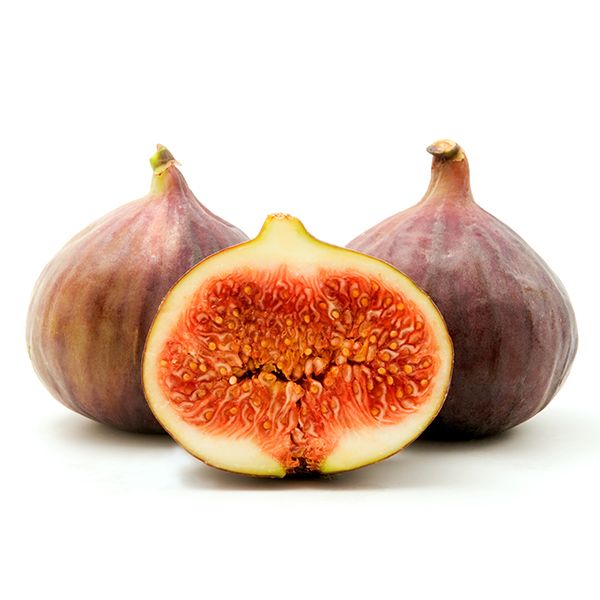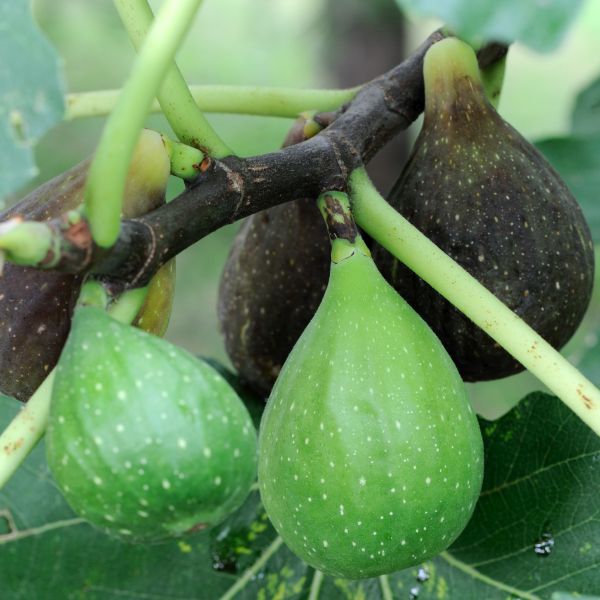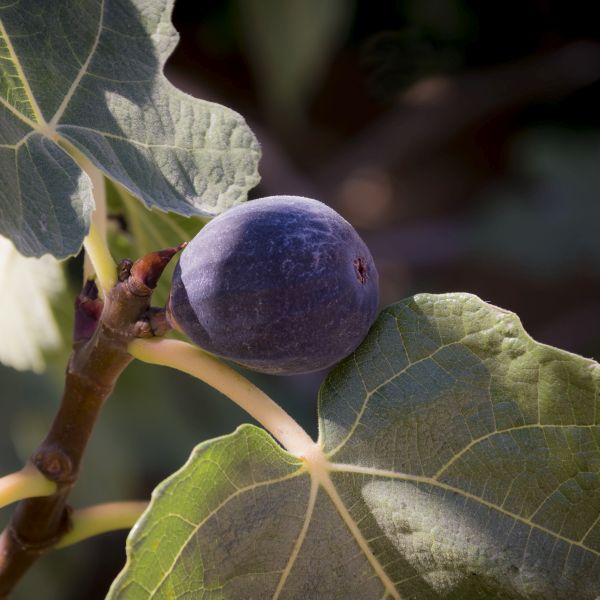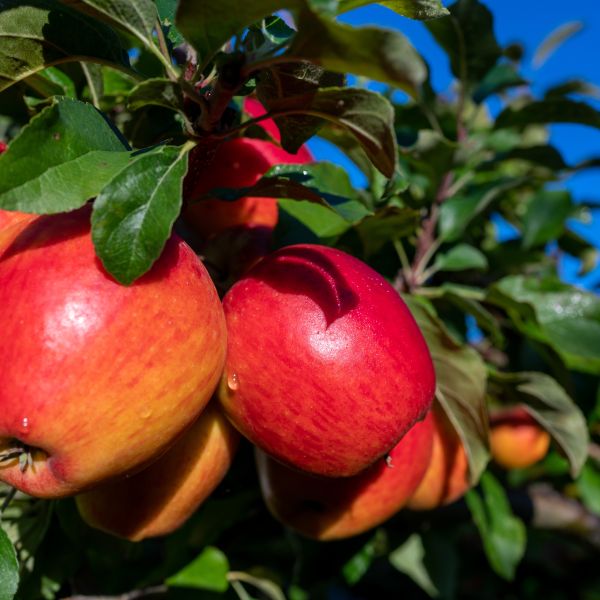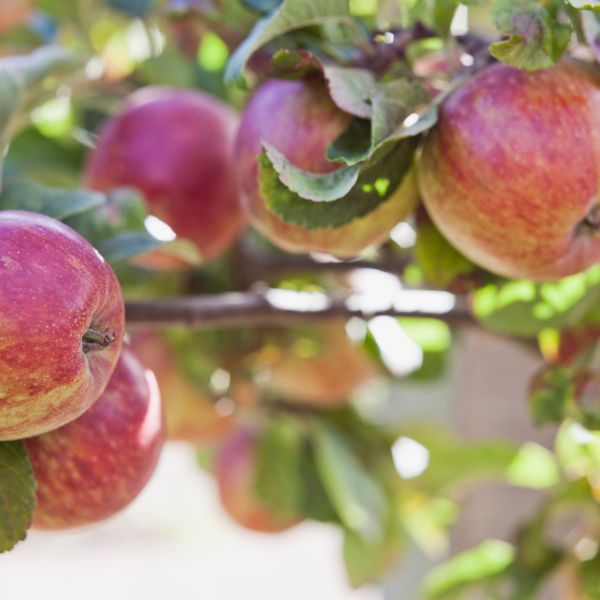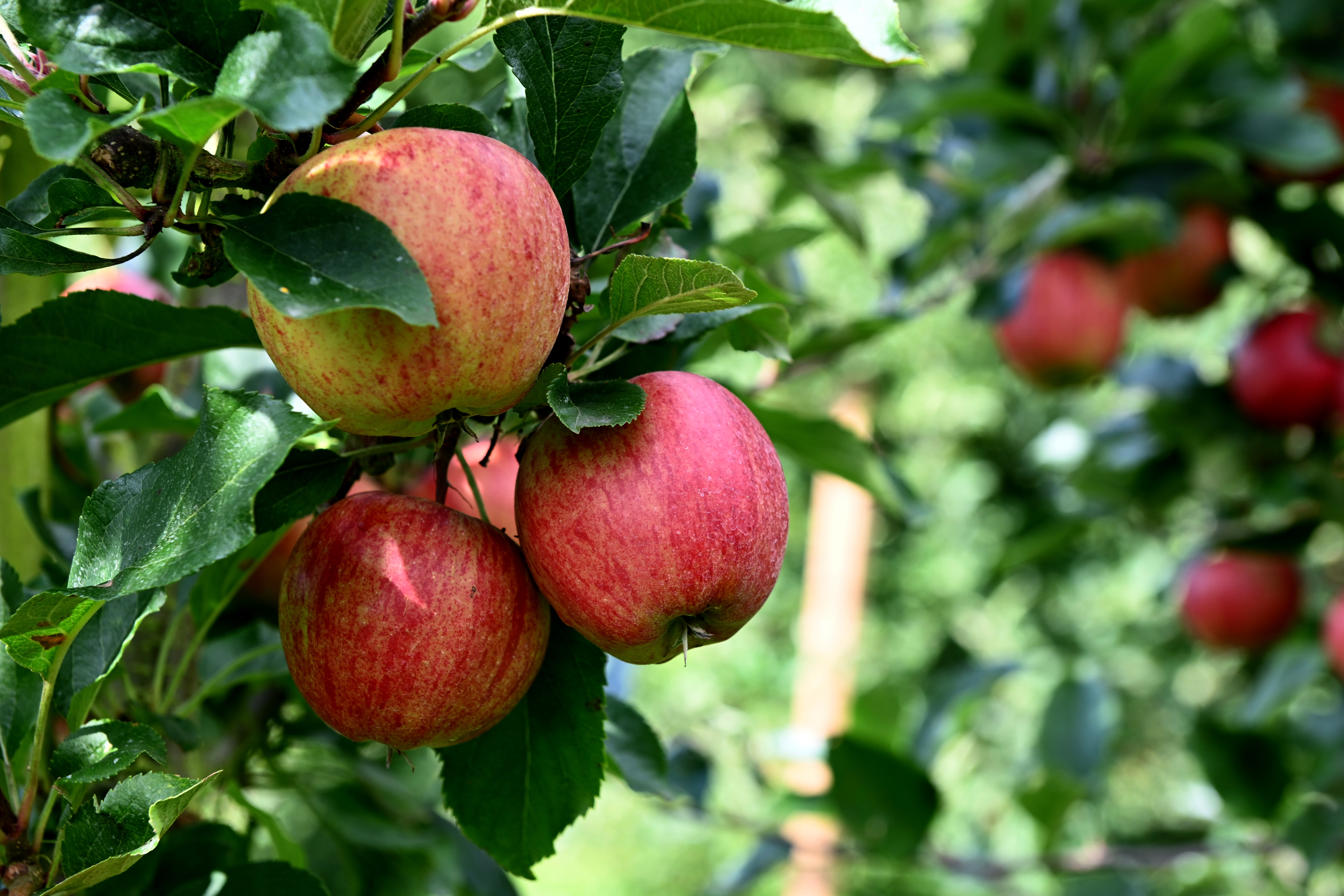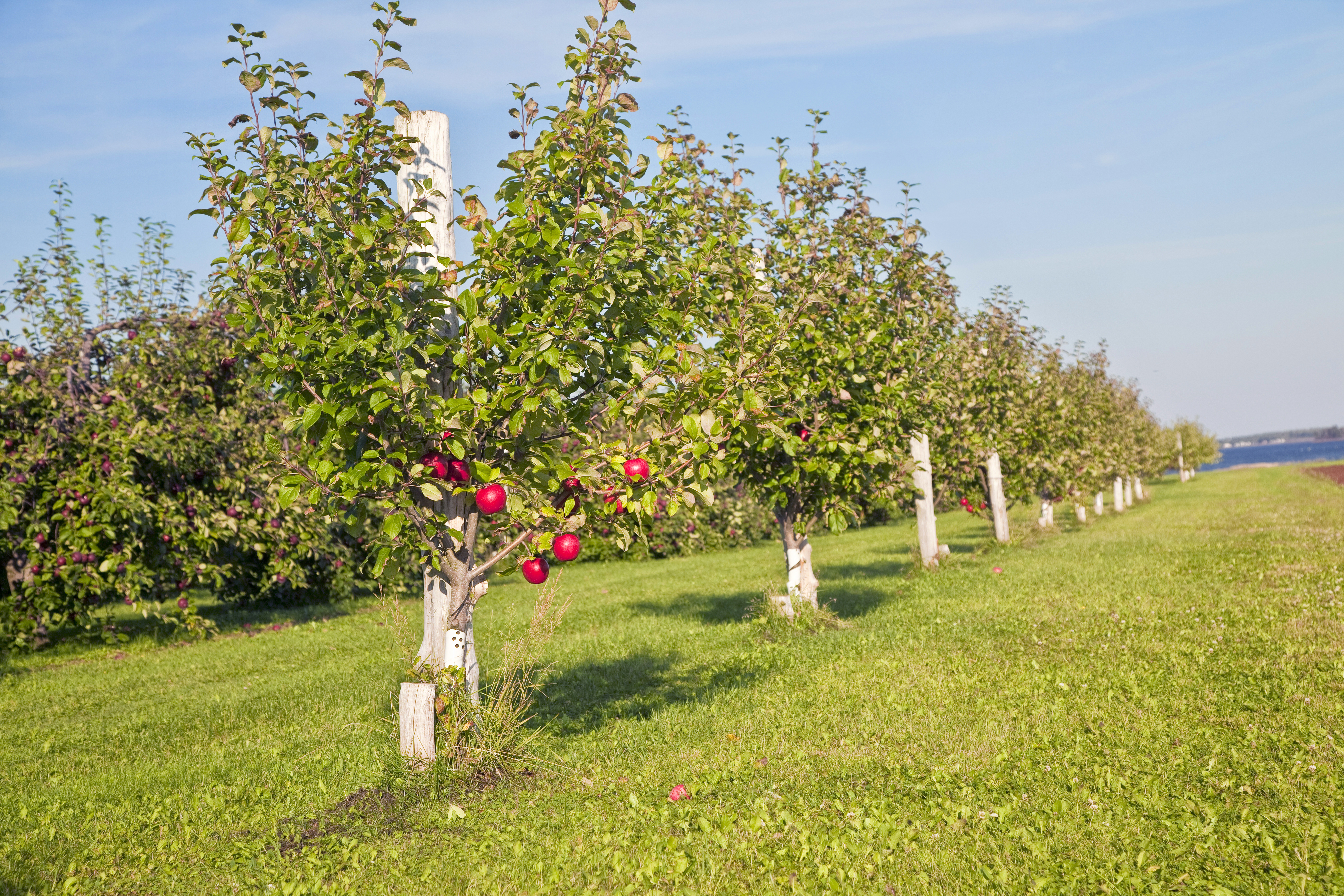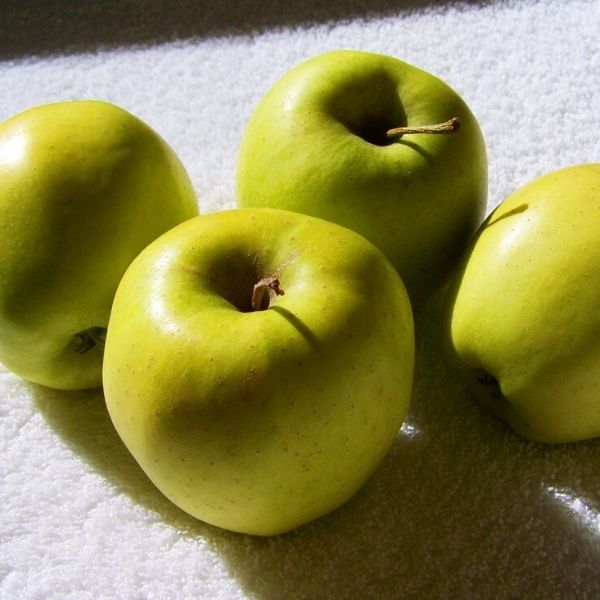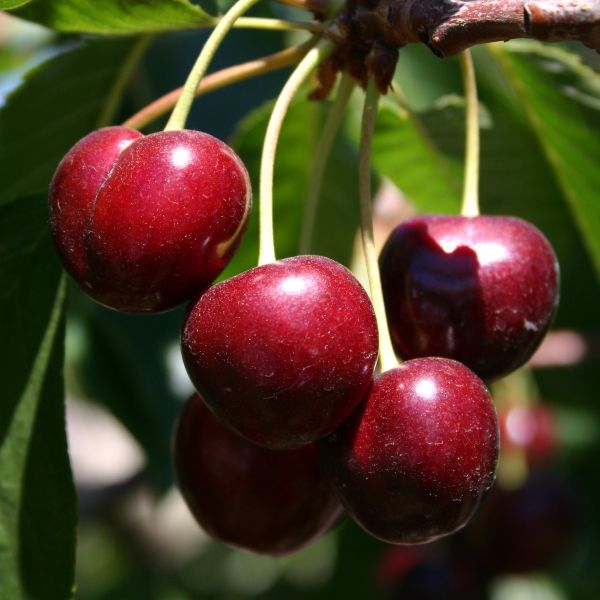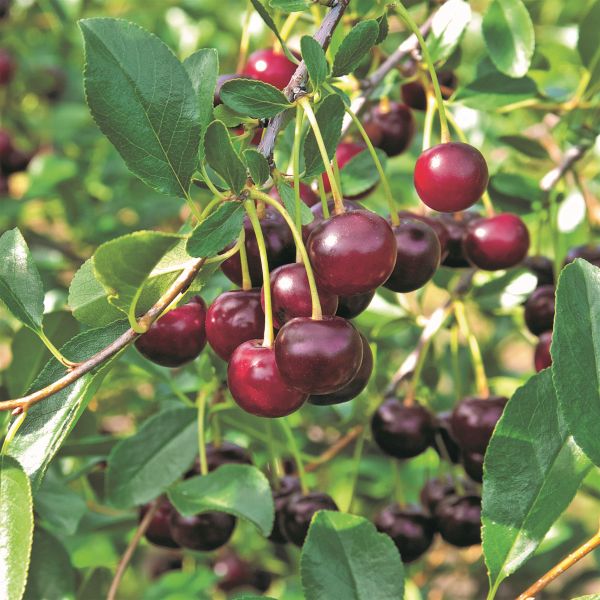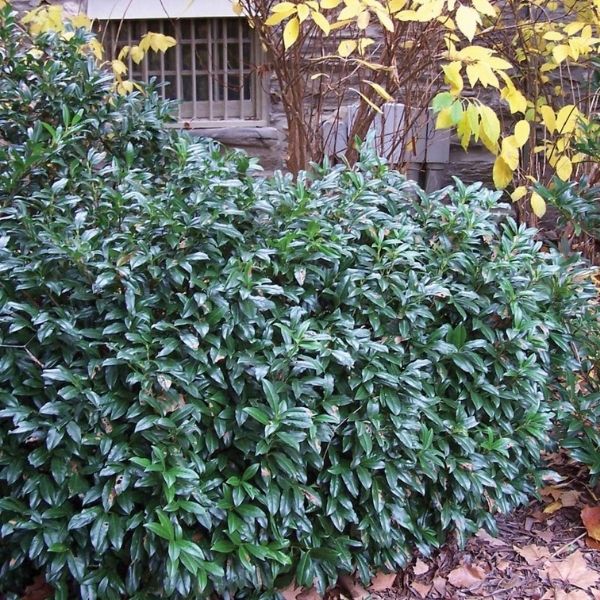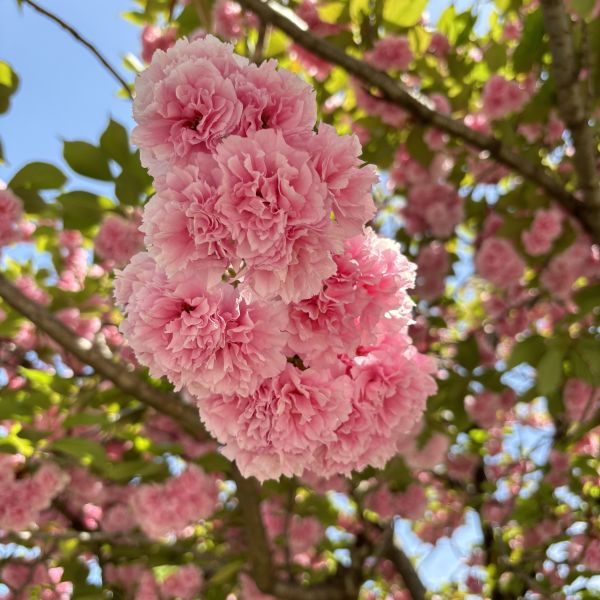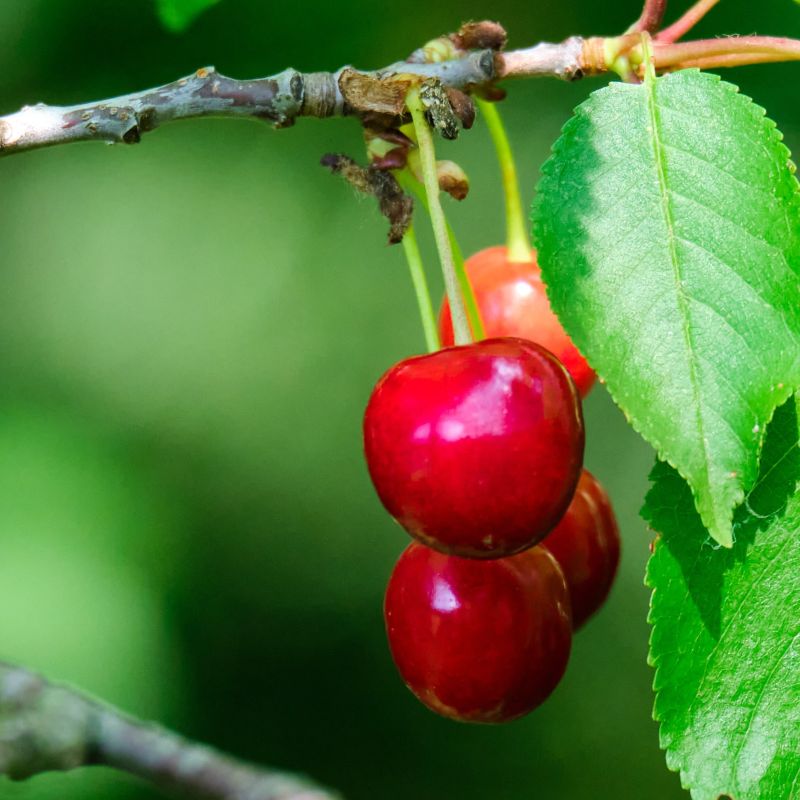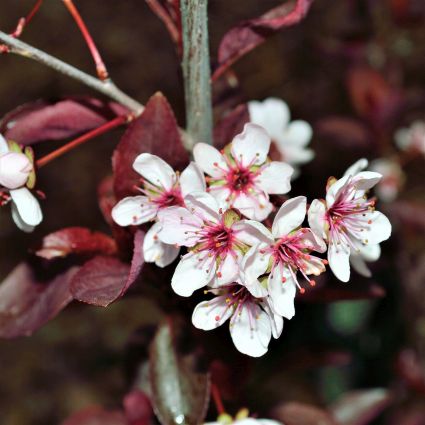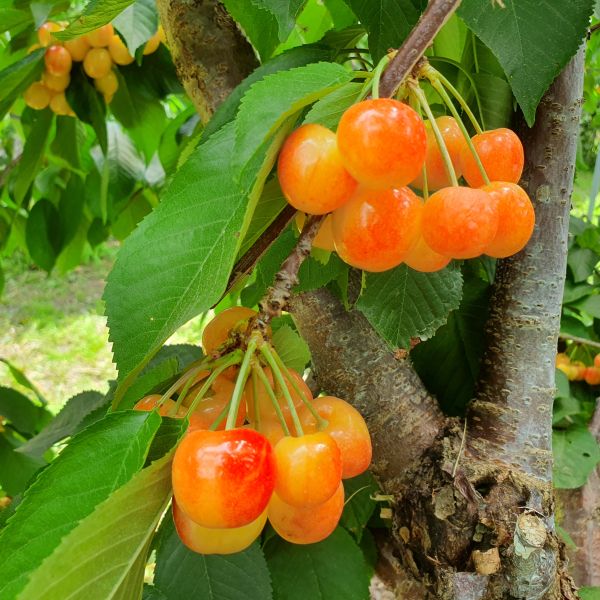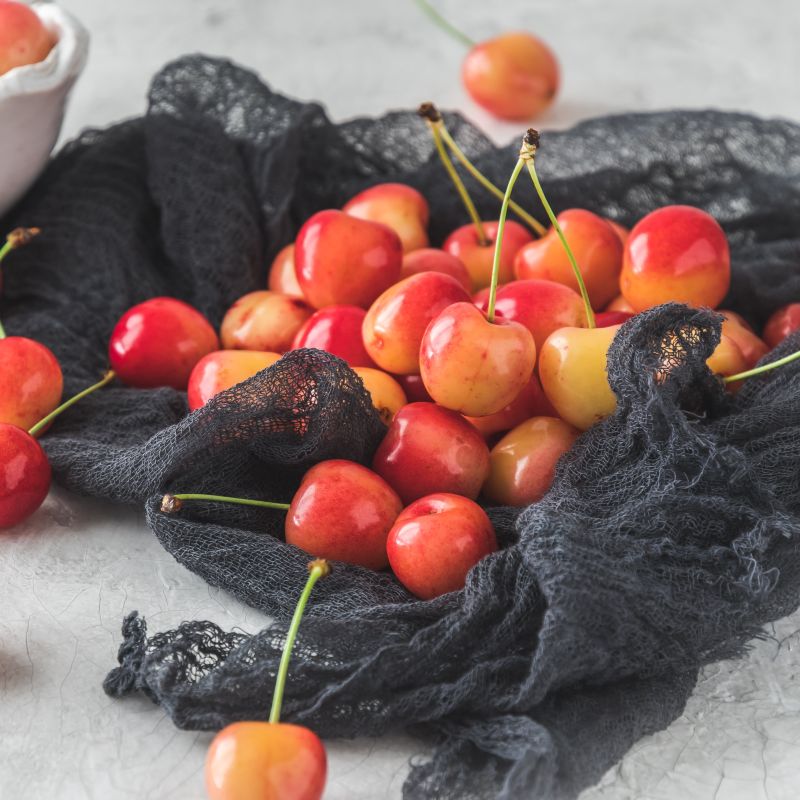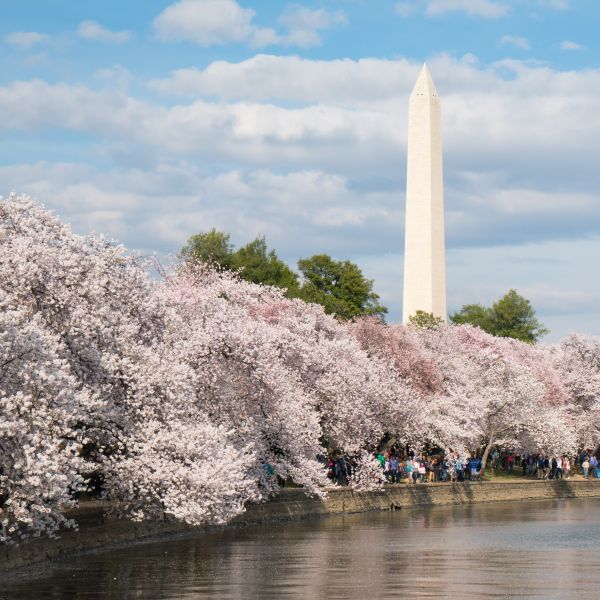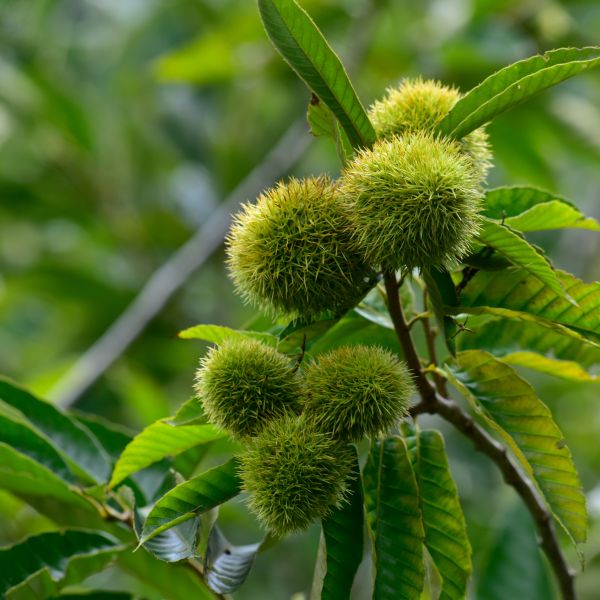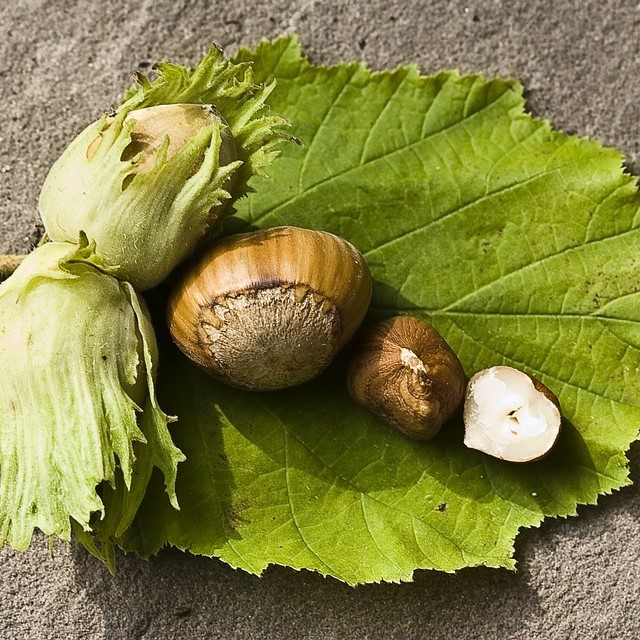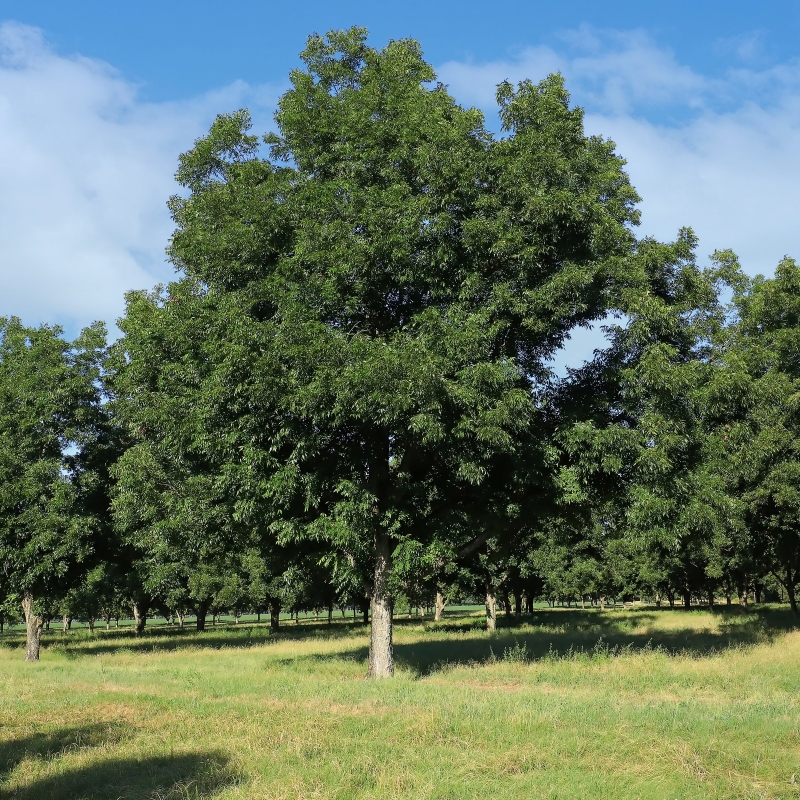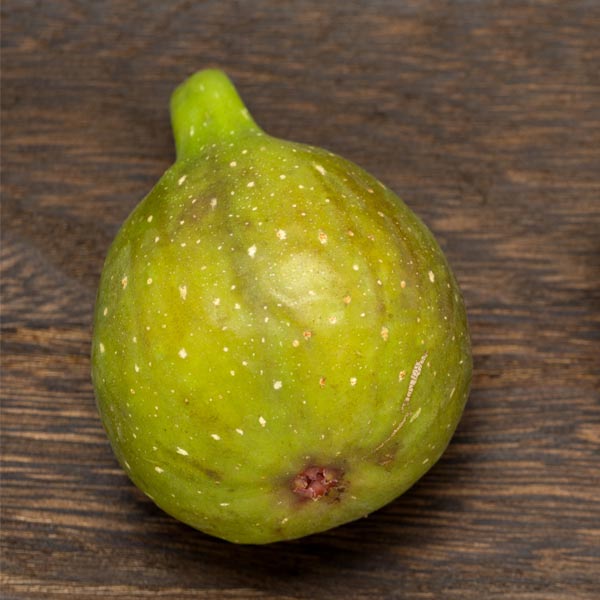



Desert King Fig
Ficus carica 'Desert King'
18 reviews
Desert King Fig
Ficus carica 'Desert King'
18 reviews
- Grows well in hot and dry climates
- Produces sweet and juicy fruit
- Resistant to pests and diseases
- Recommended by landscape designers for optimal fit in real yards
$88.00
$126.00
30% Off
- Ships to 43215 in 3 to 7 days
- Free Shipping Over $150
- Plant Arrival Guarantee
- In Stock
- Free Plant Consult
$200 - Landscape-Approved: Every Plant We Sell Comes With Design Expertise Behind It
1.5 Gallon
Not just beautiful - intentionally selected by ShrubHub's 3D landscape design team to fit real-world spaces and maximize yard potential.
Why Desert King Fig?
Desert King fig is known for its ability to thrive in hot, arid climates. Its large, sweet fruit has a light purple skin and pink flesh. The tree is small to medium-sized and is a self-fertile variety, meaning it doesn't need another tree to produce fruit. Its resilience and ability to produce in adverse conditions make it an ideal choice for desert gardens and orchards.
People who loved this plant also bought
Sunlight
The Desert King Fig requires full sun exposure to grow and thrive. It needs a minimum of 6 to 8 hours of direct sunlight per day.
Watering
Desert King Figs have a low to moderate watering requirement. They are drought-tolerant plants and can survive with minimal water once established. However, during dry periods, it is advised to water deeply and less frequently to promote healthy growth and
Fertilizing
The Desert King Fig requires a well-balanced fertilizer with equal proportions of nitrogen, phosphorus, and potassium. Additionally, it benefits from a slow-release fertilizer applied in early spring and mid-summer to promote healthy growth and fruit produ
Desert King Fig: A Sweet Oasis
Transform your garden into a sweet oasis with the Desert King Fig, a fig tree that brings a touch of Mediterranean magic to your space. This fig variety isn't just a plant; it's a source of irresistible sweetness and a journey to a world of flavor that's as ancient as it is timeless.
The Desert King Fig Tree graces your garden with its lush, lobed leaves and promises a harvest of figs that are as golden as the sun. Each fig is a treasure trove of sweetness, a delectable fusion of honeyed nectar and tender flesh. With every bite, you're transported to an oasis where the sun kisses your skin and the flavors dance on your palate.
Indulge in the sensory symphony of the Desert King Fig, whether eaten fresh from the tree or incorporated into both sweet and savory dishes. This fig tree isn't just a tree; it's a haven of sweetness that invites you to escape to a world where flavor reigns supreme.
Plant Information:
| Botanical Name: | Ficus carica 'Desert King' |
| USDA Zones: | 5 - 9 |
| Water: | Well drained |
| Exposure: | Full Sun |
| Soil Needs: | Widely adaptable |
| Mature Height: | 10 to 15 feet |
| Mature Spread: | 6 - 8 feet |






Pollination Info
Pollination of Desert King Fig (Ficus carica 'Desert King')
Desert King figs are a self-fertile variety of figs, which means they do not require another plant for pollination. However, they can benefit from pollination by the fig wasp, Blastophaga psenes.
Fig wasps are tiny insects that live in mature fig fruits and help with pollination. The fig wasp lays its eggs inside the fruit and pollinates the flowers while doing so. The larvae of the fig wasp feed on the fig, but they do not damage the fruit and are an essential part of the fig's reproductive process.
If you want to increase pollination and fruit production, you can try introducing fig wasps to your tree. You can buy fig wasps online or try attracting them naturally by providing a suitable habitat for them to live in.
It's important to note that figs can also be pollinated by wind and other insects, such as bees. Therefore, if the fig wasps are not present in your area, your tree may still produce fruit, but it may not be as abundant as it would be with fig wasps present.
FAQ
Desert King Fig (Ficus carica 'Desert King') FAQ
General Information
- What is a Desert King Fig?
Desert King Fig is a variety of the common fig tree (Ficus carica) that is known for producing delicious, sweet figs with greenish-yellow skin and pink flesh. - What are the growing conditions required for a Desert King Fig?
Desert King Fig requires full sun, well-draining soil, and regular watering during the growing season. - What is the mature size of a Desert King Fig tree?
Desert King Fig can grow up to 20 feet tall and wide in the right conditions.
Planting
- When is the best time to plant a Desert King Fig tree?
Desert King Fig is best planted in the spring or fall when temperatures are mild. - What is the planting depth for a Desert King Fig tree?
The planting hole should be twice as wide as the root ball and deep enough to allow the top of the root ball to be level with the soil surface. - What is the spacing requirement for Desert King Fig trees?
Desert King Fig trees should be spaced about 15 to 20 feet apart from each other.
Care
- How often should I water my Desert King Fig tree?
Desert King Fig tree should be watered deeply once a week during the growing season and less frequently during the dormant season. - What kind of fertilizer should I use for my Desert King Fig tree?
Use a balanced fertilizer, such as a 10-10-10 mix, every four to six weeks during the growing season. - When should I prune my Desert King Fig tree?
Prune your Desert King Fig tree in the late winter or early spring while it is still dormant. Remove any dead or damaged branches and thin out the remaining branches to encourage new growth.
Harvesting
- When is the best time to harvest my Desert King Fig fruit?
Desert King Fig fruit is typically ready to harvest in late summer or early fall when the fruit is soft and the skin begins to crack. - How do I harvest my Desert King Fig fruit?
Simply twist the fruit off the branch, being careful not to damage the fruit or surrounding branches. - How should I store my Desert King Fig fruit?
Desert King Fig fruit should be stored in a cool, dry place and consumed within a few days of harvest for best flavor.
Pests and Diseases
- What are some common pests that affect Desert King Fig trees?
Common pests include fig beetles, fig mites, and mealybugs. - What are some common diseases that affect Desert King Fig trees?
Common diseases include leaf spot, root rot, and rust. - How can I prevent pests and diseases from affecting my Desert King Fig tree?
Proper watering, pruning, and fertilization can help keep your Desert King Fig tree healthy and resistant to pests and diseases. Additionally, regular inspections and quick action when a problem is detected can help prevent more serious issues.
Planting & Care
Planting & Care for Desert King Fig (Ficus carica 'Desert King')
Planting
- When planting a Desert King Fig, choose a site that receives full sun exposure to promote fruit production.
- The soil should be well-draining and fertile with a pH between 6.0 and 6.5. If the soil is poor, amend it with compost or organic matter before planting.
- Dig a hole twice as wide and just as deep as the root ball. Place the plant in the hole and backfill with soil, firming it gently around the base of the tree.
- Water the Desert King Fig deeply after planting and keep the soil moist while it becomes established.
Care
- Fertilize the Desert King Fig before new growth emerges in the spring. Use a well-balanced fertilizer with a ratio of 10-10-10 or similar.
- Prune the tree in late winter or early spring to remove dead or diseased growth, as well as any crossing branches that could impede fruit production. Trim back the branches to keep the tree at a manageable height and to promote healthy growth.
- Water the tree regularly, particularly during times of drought. The top inch of soil should remain moist, but not waterlogged. Mulching around the base of the tree can help retain moisture in the soil.
- Protect the Desert King Fig from extreme temperatures and frost by covering it with a sheet or blanket. The tree can be damaged by temperatures below 20°F.
- Harvest the Desert King Figs in late summer and early fall when they are ripe. The fruit should feel slightly soft to the touch and the skin should be wrinkled. Cut the fruit from the tree with a sharp pair of pruning shears.
Check Out These Verified Customer Reviews:
Customer Reviews
4.7 out of 5 based on 18 reviews
Thank you! Your review has been submitted.
Beautiful appearance and great taste! Very happy with my purchase.
Customer service was responsive and helpful when I had a question. Thank you!
Easy to order and quick delivery.
Item has been added to your cart.



